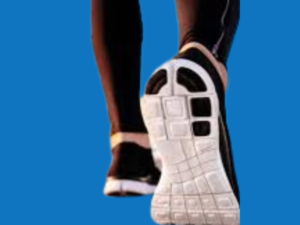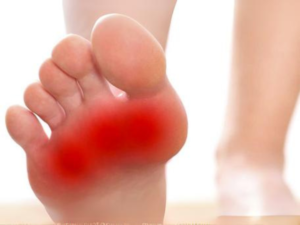Plantar Plate Injuries: Causes and Treatments
March 22 2024
The plantar plate is a thick ligament located on the underside of the foot, connecting the toes to the metatarsal bones. Its primary function is to provide stability to the metatarsophalangeal (MTP) joints and support the arch of the foot during walking and running. Plantar plate injuries are common, particularly in athletes and individuals who engage in activities that place repetitive stress on the forefoot. Understanding the causes and treatments of plantar plate injuries is essential for proper management and prevention of long-term complications.
Causes of Plantar Plate Injuries
Plantar plate injuries can result from a variety of factors, including:
1. Trauma: Direct trauma to the forefoot, such as stubbing the toe or dropping a heavy object on it, can cause the plantar plate to tear or become inflamed.
2. Repetitive Stress: Activities that involve repetitive stress on the forefoot, such as running, jumping, or dancing can lead to overuse injuries of the plantar plate.
3. Foot Deformities: Conditions such as hammertoes, bunions, or flat feet can alter the mechanics of the foot, increasing the risk of plantar plate injuries.
4. Improper Footwear: Wearing shoes that are too tight, narrow, or lack proper arch support can increase pressure on the forefoot, predisposing the plantar plate to injury.
Symptoms of Plantar Plate Injuries
Common symptoms of plantar plate injuries include:
– Pain and tenderness on the underside of the foot, particularly near the base of the toes.
– Swelling and inflammation around the affected MTP joint.
– Difficulty bearing weight on the affected foot.
– A sensation of instability or “looseness” in the affected toe.
Diagnosing Plantar Plate Injuries
Diagnosis of a plantar plate injury typically involves a physical examination and may include imaging studies such as X-rays, ultrasound, or MRI to assess the extent of the injury and rule out other possible causes of foot pain.
Treatment Options for Plantar Plate Injuries
Treatment for plantar plate injuries depends on the severity of the injury but may include:
1. Rest and Immobilization: Resting the foot and avoiding activities that exacerbate symptoms can help promote healing. Immobilization with a splint or boot may be necessary in severe cases.
2. Ice and Elevation: Applying ice to the affected area and elevating the foot can help reduce pain and swelling.
3. Physical Therapy: Physical therapy exercises can help strengthen the muscles around the affected MTP and improve flexibility and range of motion.
4. Orthotic Devices: Custom orthotic devices can help support the arch of the foot and alleviate pressure on the plantar plate.
5. Steroids Injections: In some cases, corticosteroid injections may be used to reduce inflammation and pain.
6. Surgery: In severe cases where conservative treatments fail, surgery may be necessary to repair or reconstruct the plantar plate.
Prevention of Plantar Plate Injuries
To reduce the risk of plantar plate injuries, individuals can:
– Wear properly fitting shoes with adequate arch support and cushioning
– Gradually increase the intensity and duration of physical activities to avoid overuse injuries.
– Maintain a healthy weight to reduce pressure on the feet.
– Stretch and strengthen the muscles of the feet and toes regularly.
In conclusion, plantar plate injuries are a common cause of foot pain, particularly in individuals who  engage in activities that place repetitive stress on the forefoot. Understanding the causes, symptoms, and treatment options for plantar plate injuries is crucial for effective management and prevention of long-term complications. If you suspect you have a plantar plate injury, it is essential to consult with a podiatrist or healthcare professional for proper diagnosis and treatment.
engage in activities that place repetitive stress on the forefoot. Understanding the causes, symptoms, and treatment options for plantar plate injuries is crucial for effective management and prevention of long-term complications. If you suspect you have a plantar plate injury, it is essential to consult with a podiatrist or healthcare professional for proper diagnosis and treatment.
If you are experiencing pain you suspect is a plantar plate injury, it is essential to consult with a podiatrist or healthcare professional for proper diagnosis and treatment.
If you are experiencing foot issues, don’t delay. Contact Dr. Altepeter’s office at (239) 430-3668 (FOOT) or visit www.NaplesPodiatrist.com to schedule an examination — because your foot health is our priority.
——


 Fax: (239) 692-9436
Fax: (239) 692-9436 Tel: 239-430-3668
Tel: 239-430-3668


